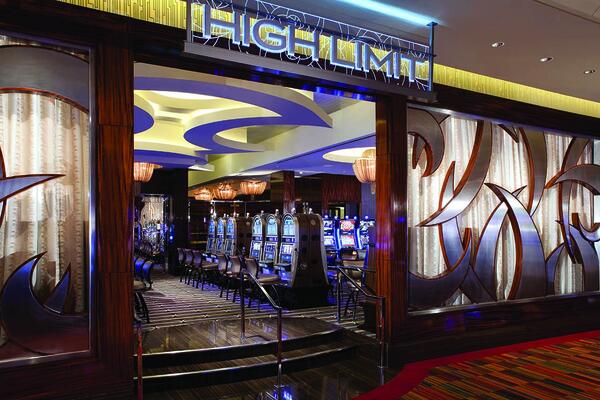Chicago’s first new casino in years, the Rivers Casino was built over a water basin to comply with the region’s riverboat regulations. Designed with the guest in mind, every aspect of the casino is meant to make visits stress-free, from the automated parking guide to the plethora of gaming, dining and entertainment options to accommodate a variety of moods, upscale or casual. The casino is the first to achieve LEED Gold certification in Illinois.
Making Room For Fun
To make room for the 150,000-square-foot casino, 11 buildings were demolished, leaving a 22-acre site clear for the new casino and associated parking.
Stay a While - and Enjoy the View
Such a large building necessitated room for guests to park. A five-story, cast-in place structure does the job nicely, providing stalls for 1,500 vehicles across 450,000 square feet. Guests are always the focus at The Rivers. A parking guidance system assists the journey to your parking spot while LED light fixtures, and live greenery trellises adorn the way. Once settled, five elevators and three stair towers take guests quickly to their destination. The precast garage was constructed using double tees, columns and beams. The spandrels are architectural precast concrete to match the casino's exterior finish.
Breathe Easy
With a pioneering spirit and careful planning from day one, Rivers has earned its place as the world's first casino to be certified LEED Gold. Among the many sustainable features are high-efficiency HVAC units that provide energy recovery, skylights and clerestory windows to bring in natural light, living green walls, a reflective roof membrane, energy efficient lighting and a single-stream recycling program. More than 70 percent of the electrical energy consumed by the building during its first two-years of operation was offset with green power.















